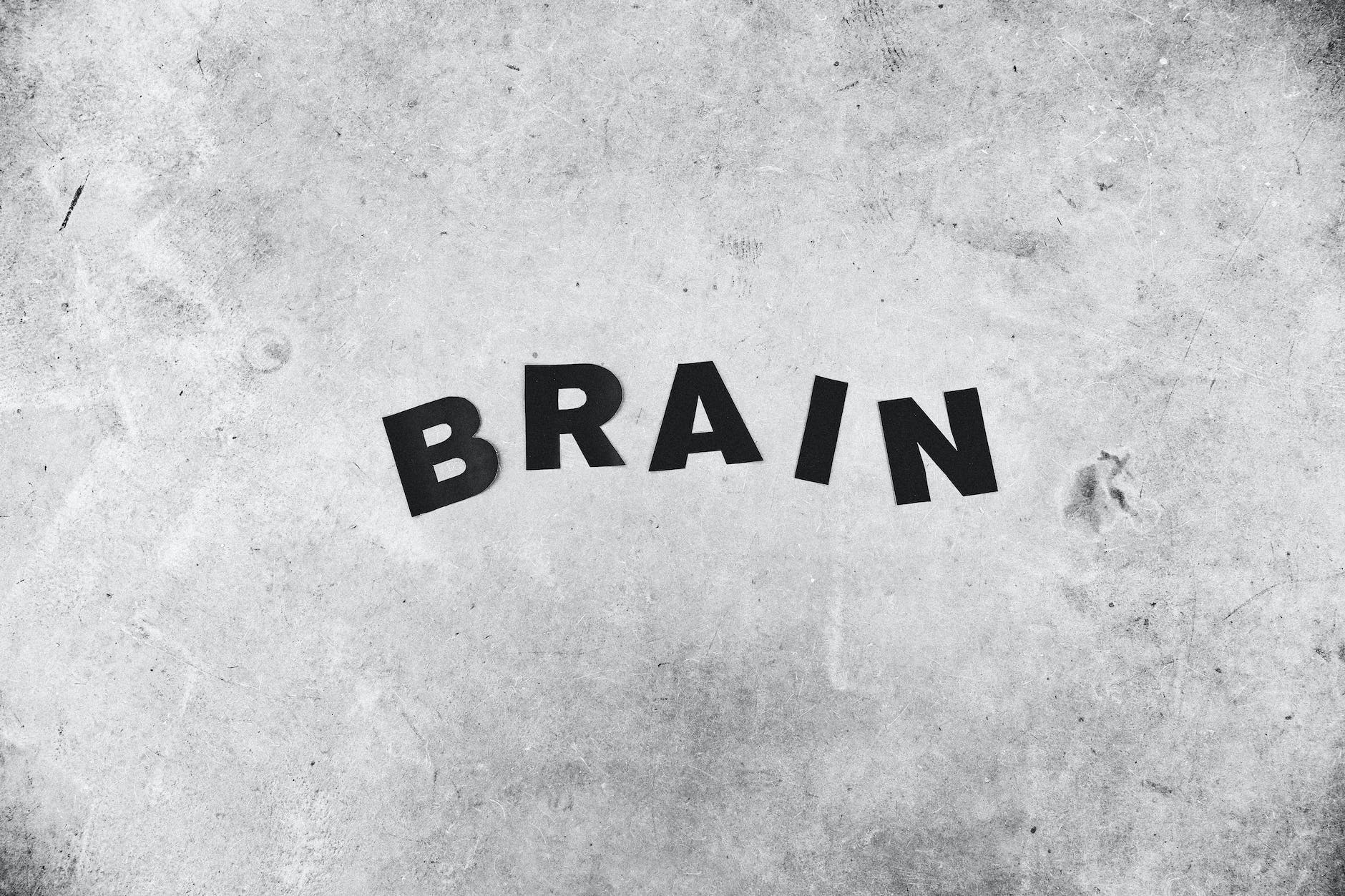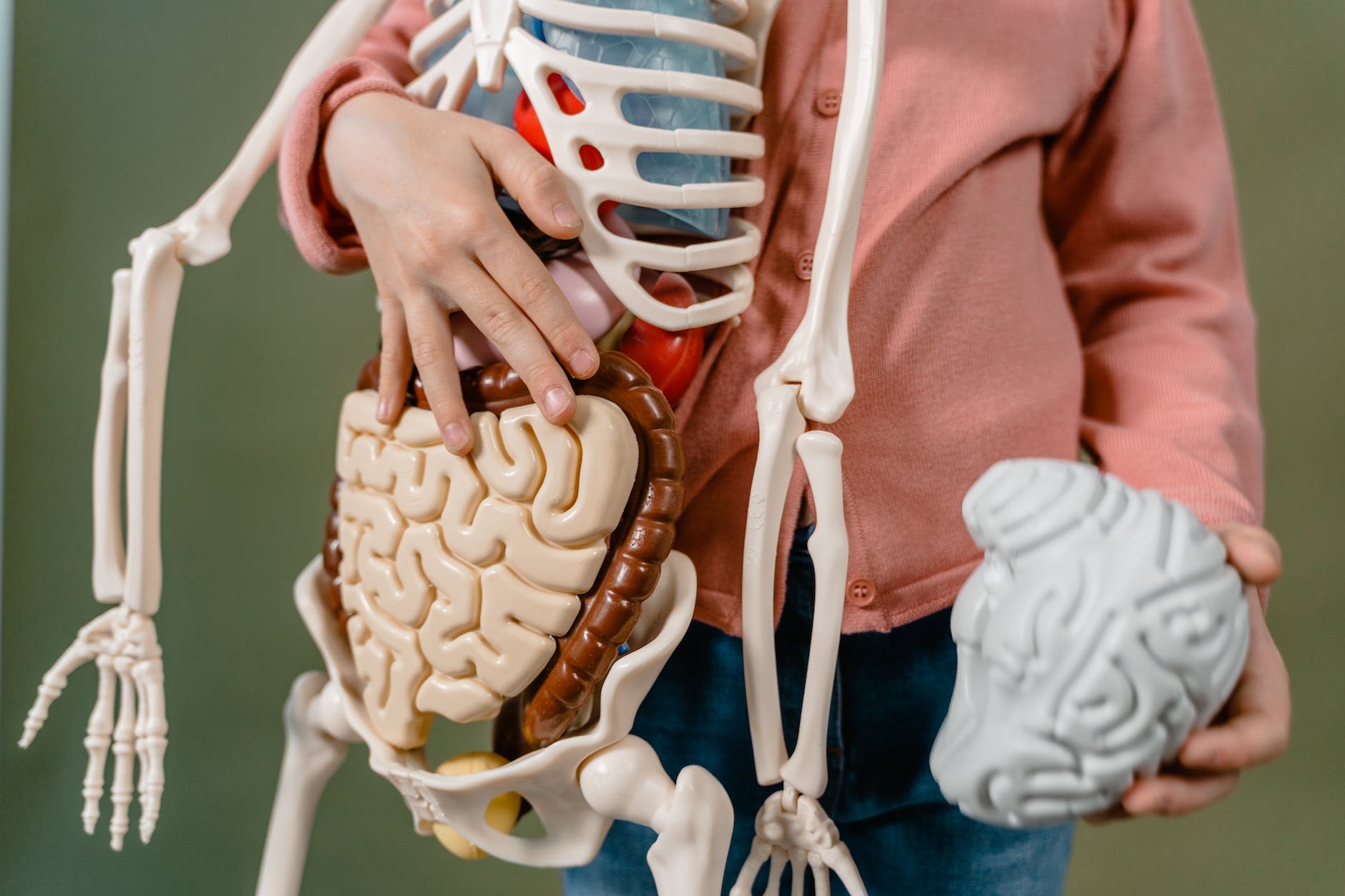The world of psychedelics has long been veiled in both intrigue and misunderstanding. Today, science is beginning to strip the misconceptions away, revealing a fascinating connection between the human brain and these entheogens.
To truly comprehend the science behind psychedelics, it is crucial to understand its relationship with neuroscience, particularly a neurotransmitter called serotonin. Serotonin plays a key role in mood regulation, sleep patterns, appetite, and more. Psychedelics like LSD and psilocybin mushrooms (magic mushrooms) resemble serotonin’s structure, enabling them to bind to serotonin receptors in the brain.
One study shows that psychedelics affect the brain’s prefrontal cortex, which regulates our complex cognitive behavior, decision-making, and moderates social behavior. The activity in this area is increased, leading to a state of hyper-connectivity, which is believed to be responsible for the unique psychological experiences associated with hallucinogens.
Pivotal in this discourse is the term ‘neuroplasticity,’ the brain’s ability to form and reorganize synaptic connections, particularly in response to learning or experience. Psychedelics have shown to possess the remarkable capability to induce neuroplasticity, thereby improving the brain’s flexibility. In this respect, research indicates that psychedelics enhance brain plasticity, resulting in the formation of new connections and perspectives, which could potentially be harnessed therapeutically.
Interestingly, brain imaging studies have noted an increase in global connectivity in the brain under the influence of psychedelics. This refers to the effective communication among different regions of the brain that usually do not interact. This phenomenon is believed to contribute to the hallucinogenic and transformative experiences recounted by those using these substances.
Armed with this knowledge, researchers are starting to probe the therapeutic mechanisms of psychedelics. There is a growing body of scientific evidence supporting the use of psychedelics for mental health issues, such as depression, anxiety, and addiction. For example, a study published in JAMA Psychiatry noted that psilocybin, an active ingredient in magic mushrooms, had significantly improved moderate-to-severe depression.
Derived from the Greek words ‘entheos’ (full of the god, inspired, possessed) and ‘genesthai’ (to come into being), the term ‘entheogens’ refers to substances that induce alterations in perception, mood, consciousness, cognition, or behavior for the purpose of engendering spiritual or personal development. While science and tradition have often been seen at odds, it is important to remember that many of today’s psychedelic substances, like psilocybin and ayahuasca, have been used as entheogens for centuries in different cultures. The modern scientific and medical community, in its rediscovery and reevaluation of these substances, is only beginning to understand their true potential.
Overall, the increasing scientific interest in psychedelics is a clear indication that we are beginning to recognize their potential benefits. The neurobiological mechanisms underlying the actions of psychedelics are complex and not yet fully understood. However, with a deeper comprehension of how these substances interact with the human brain, it is hoped that their therapeutic potential can be harnessed more effectively.
The frontier of psychedelic neuroscience is still relatively unexplored, but the possibilities are exciting. As we continue to probe and understand these substances, we are, indirectly, learning more about the very nature of consciousness and the mysteries of the human brain. In the coming years, we can expect a wider integration of these substances in medical and therapeutic practices, making it a promising realm that has the potential to revolutionize our understanding of the mind, consciousness, and the capacity for human change.







